Eurasian Collared-dove
A species of Turtle-doves and Collared-doves, Also known as Collared Dove Scientific name : Streptopelia decaocto Genus : Turtle-doves and Collared-doves
Eurasian Collared-dove, A species of Turtle-doves and Collared-doves
Also known as:
Collared Dove
Botanical name: Streptopelia decaocto
Genus: Turtle-doves and Collared-doves
Content
Description People often ask General Info
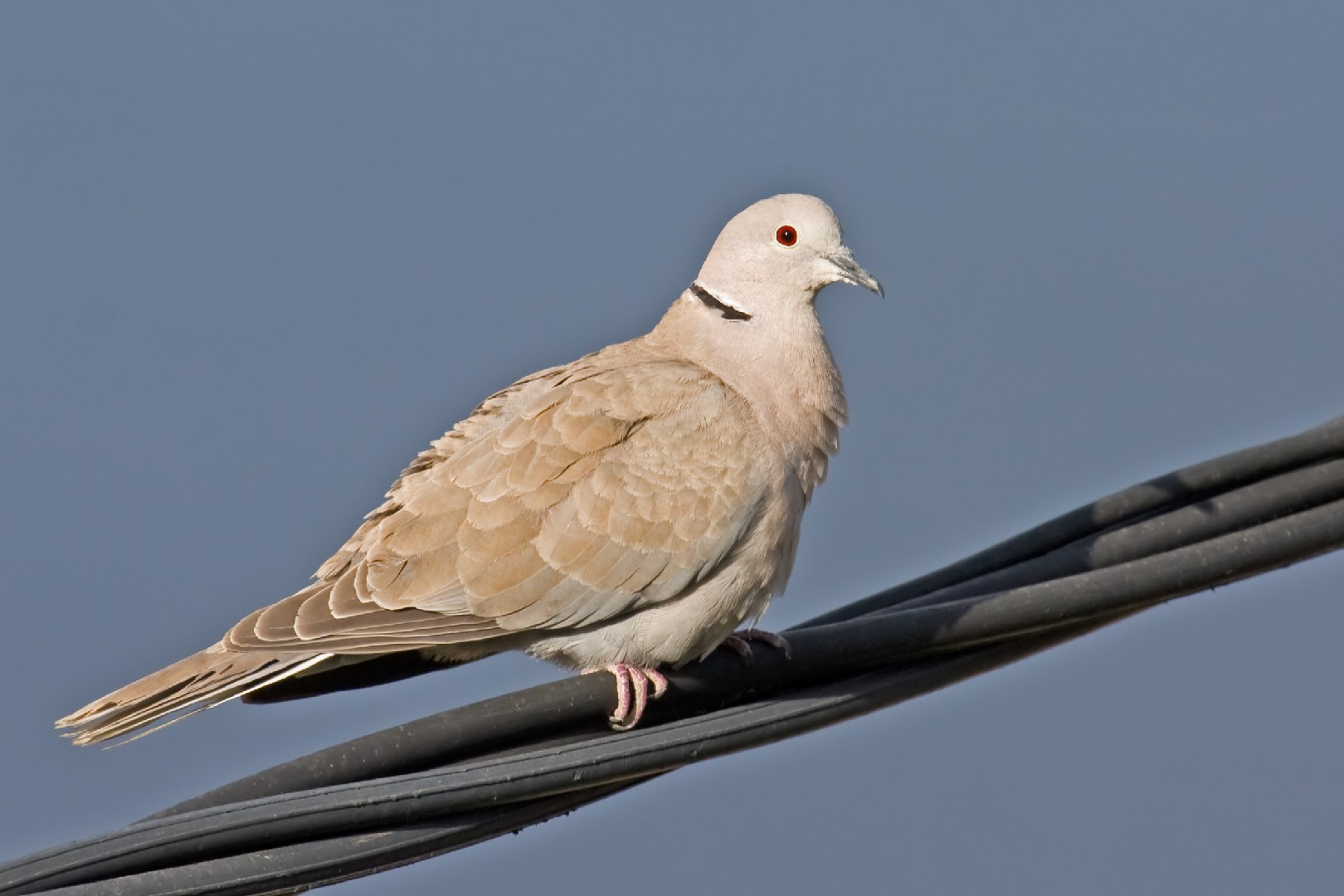 Photo By Andreas Trepte , used under CC-BY-SA-2.5 /Cropped and compressed from original
Photo By Andreas Trepte , used under CC-BY-SA-2.5 /Cropped and compressed from original Description
This plump, pretty dove with a square-tipped tail is known for bobbing its head and flicking its tail while walking. Though nice to look at, many people are not pleased at the sight of a eurasian Collared-dove walking along. In North America they are considered an invasive species, and one that carries a disease-creating parasite that can spread to native dove populations through birdbaths, feeders, or even through hawks preying on them.
Size
32 cm
Life Expectancy
10 years
Nest Placement
Tree
Clutch Size
1 - 2 eggs
Incubation Period
3 - 6 broods
Number of Broods
14 - 19 days
Nestling Period
17 days
Feeding Habits
Eurasian Collared-dove primarily feed on seeds and grains such as millet, sunflower, milo, wheat, and corn. They occasionally consume berries, plant greens, and invertebrates. Habitually feeding near human settlements, particularly farms with grain supplies, eurasian Collared-dove form large flocks in winter, drawn to abundant food sources.
Habitat
Eurasian Collared-dove typically inhabit environments such as suburbs, farmlands, wood edges, and open country, thriving in areas that offer abundant food sources. They have adapted well to urban and suburban settings, often frequenting bird feeders and other areas where seeds are readily available. They favor agricultural landscapes, positioning themselves close to grain supplies in farmyards, fields, and near silos. Eurasian Collared-dove prefer open habitats and tend to avoid dense forests and extremely cold regions, which possibly explains their sparser distribution in heavily wooded or colder northeastern territories.
Nest Behavior
During the nesting period, eurasian Collared-dove may nest year-round in warmer regions, showing adaptive colonizing behavior. Males present potential sites with a distinct call, and females construct the nest over 1 to 3 days. Eurasian Collared-dove often reuse and refurbish nests for multiple broods annually, with the male supplying materials and the female arranging them.
Nest Characteristics
Eurasian Collared-dove typically create nests at locations 10 feet or higher, such as trees and buildings. These simplistic platform nests are composed of twigs, grasses, roots, and sometimes human-made materials like string and wire, potentially adorned with feathers and wool.
Dite type
Granivorous
People often ask
General Info
Feeding Habits
Bird food type
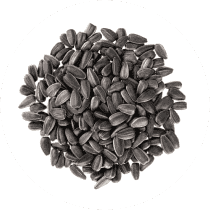
Black Oil Sunflower Seeds
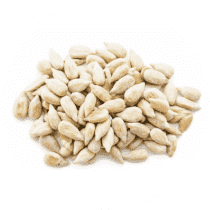
Hulled Sunflower Seeds
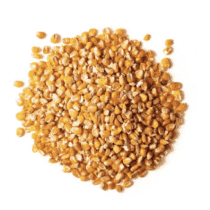
Cracked Corn
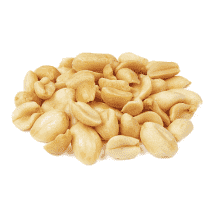
Peanut Hearts
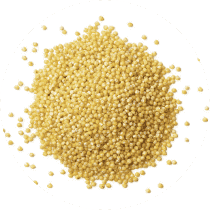
Millet
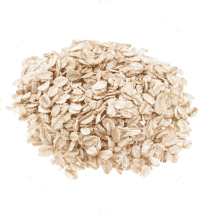
Oats
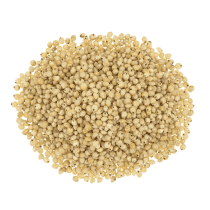
Milo
Bird Feeder Type

Large Hopper

Platform
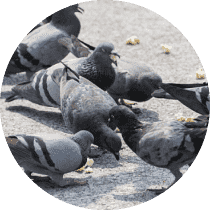
Ground
Sounds
Call
Recording location: Belgium
Song
Recording location: India
Behavior
Eurasian Collared-dove typically roost on elevated structures in open areas and are primarily ground foragers, targeting grains and seeds. They often congregate in sizeable flocks around abundant food sources and can exhibit aggressive behavior toward other bird species when feeding. Eurasian Collared-dove's daily activities include a distinctive courtship involving persistent calls and an elaborate flight display from the male. After forming monogamous pairs, the two engage in mutual preening and nest-building, with males gathering materials and defending their territory. Remarkably, eurasian Collared-dove can produce multiple broods annually, sometimes overlapping reproductive cycles.
Distribution Area
Its original range at the end of the 19th century was warm temperate and subtropical Asia from Turkey east to southern China and south through India to Sri Lanka. Subsequent spread was 'sideways' from this fast northwestern spread, reaching northeast to north of the Arctic Circle in Norway and east to the Ural Mountains in Russia, and southwest to the Canary Islands and northern Africa from Morocco to Egypt, by the end of the 20th century. 